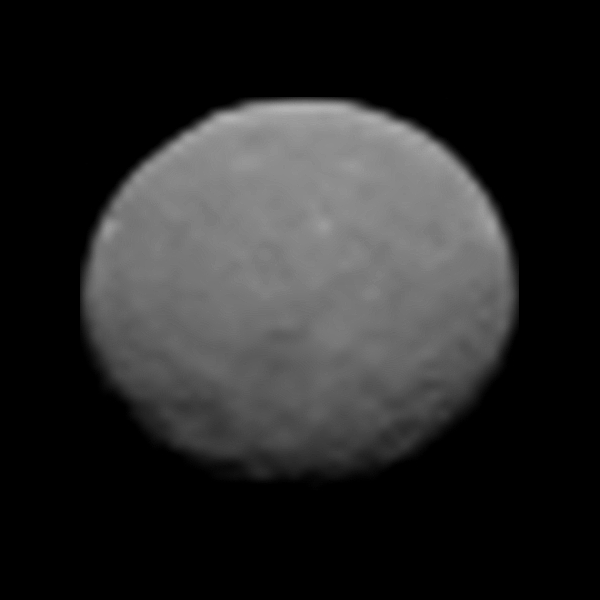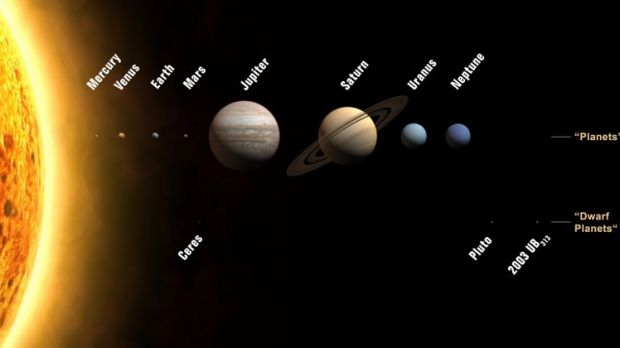Just yesterday, NASA released new images of dwarf planet Ceres, a celestial body circling the Sun between Mars and Jupiter. The images, used to put together the short animation below, were obtained by the Dawn spacecraft.
NASA scientists say that this latest view of the dwarf planet was taken on January 25. At that time, Dawn and Ceres sat at a distance of about 147,000 miles (237,000 kilometers) from each other.
The sharpest view of Ceres yet
Mind you, the animation that was released this past Tuesday is not the first view of Ceres that NASA's Dawn spacecraft has so far beamed back to Earth. Just days ago, one other image, taken on January 15, made the rounds online.
The thing is that, seeing how the Dawn spacecraft was then at a considerable distance from its target dwarf planet, this previous image is not exactly what some would call exquisite. Simply put, it is quite blurry and makes Ceres look like a cosmic egg.
The Dawn spacecraft images that comprise the animation below, on the other hand, are said to represent the sharpest view of this cosmic neighbor of ours to date and to reveal the dwarf planet's anatomy in unprecedented detail.
“At 43 pixels wide, the new images are more than 30 percent higher in resolution than those taken by NASA's Hubble Space Telescope in 2003 and 2004 at a distance of over 150 million miles (about 241 million kilometers),” NASA says.
Ever sharper images will soon come our way
NASA's Dawn spacecraft, which launched from the Cape Canaveral Air Force Station in Florida, US, on September 27, 2007, is now traveling towards Ceres at a speed of about 450 miles per hour (some 725 kilometers per hour).
Come March 6, the probe is expected to reach the dwarf planet and place itself in its orbit. Shortly after, the Dawn spacecraft will get to work studying the makeup and the appearance of its target. What this means is that it is only a matter of time until we ourselves get to have a closer look at Ceres.
Astronomers hope that, once Dawn gets closer to Ceres, they will manage to figure out what the bright spot that appears to be lurking on the surface of the dwarf planet in these images might be.
“Data from this mission will revolutionize our understanding of this unique body. Ceres is showing us tantalizing features that are whetting our appetite for the detailed exploration to come,” explains Carol Raymond, deputy principal investigator of the Dawn mission.

 14 DAY TRIAL //
14 DAY TRIAL // 

